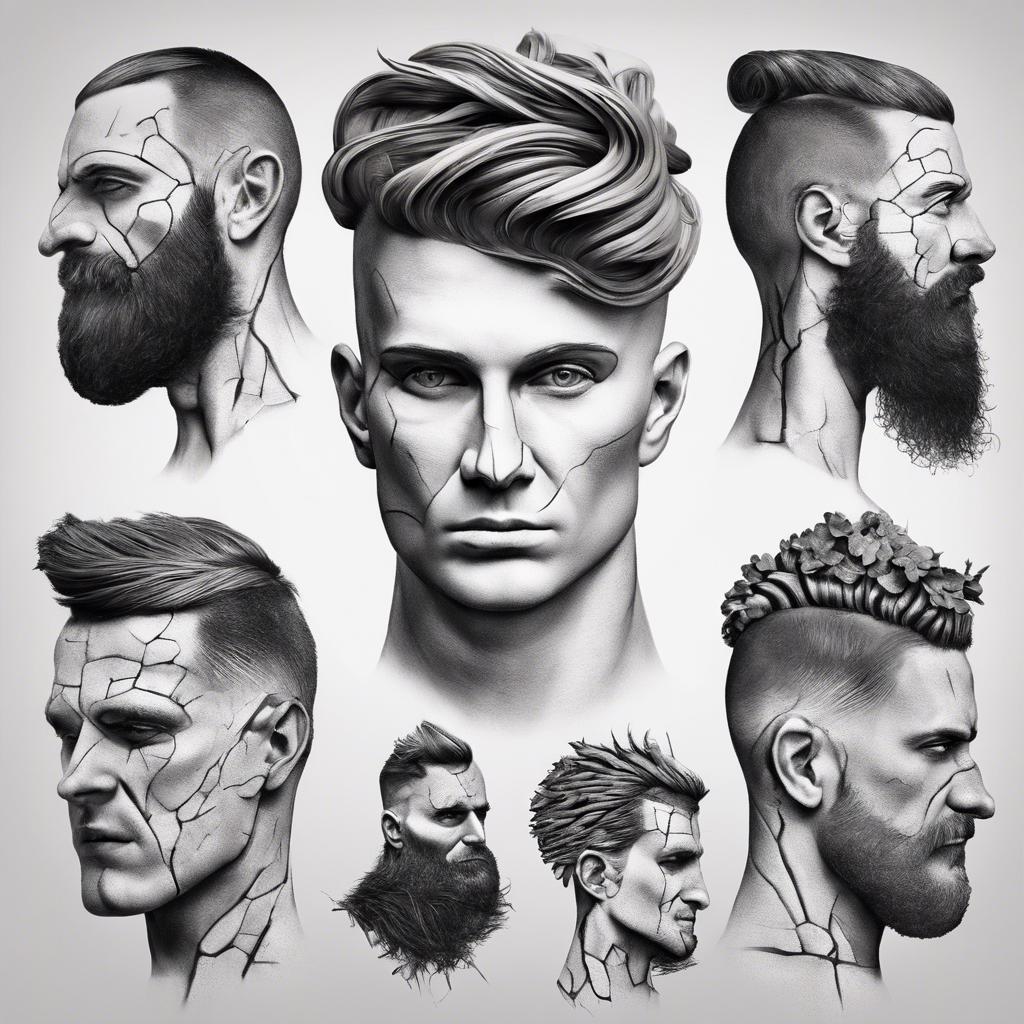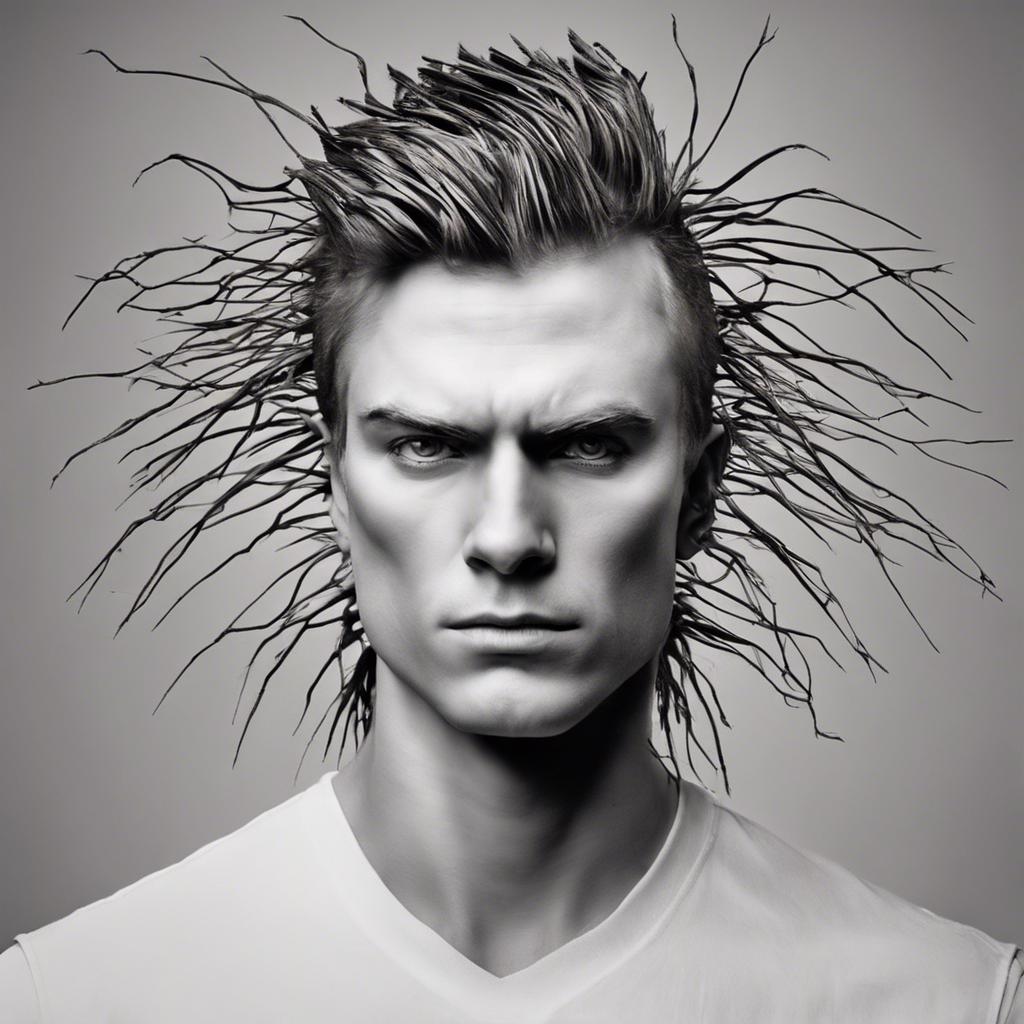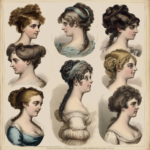Throughout history, hairstyles have served as a reflection of societal norms and individual identity. One hairstyle that has captivated scholars and historians alike is the “Brutus hairstyle”, famously worn by the Roman statesman Marcus Junius Brutus. This distinctive hairstyle, characterized by its tightly cropped and slightly curled locks, not only conveyed Brutus’ political affiliations but also carried symbolic significance in the political landscape of ancient Rome. In this article, we delve into the historical context and implications of the Brutus hairstyle, shedding light on its impact both in ancient times and its enduring legacy in modern culture.
Step Into the World of Cheryl Bolen
Dive into the enchanting stories of love, intrigue, and elegance set in the Regency Era. Cheryl Bolen's novels offer timeless romance and captivating tales that will leave you wanting more.
Explore Cheryl Bolen's Books Now
The Origin of Brutus Hairstyle
Brutus hairstyle has a long and intriguing history that dates back to ancient times. This iconic hairstyle is named after the Roman senator Marcus Junius Brutus, who was famously involved in the assassination of Julius Caesar in 44 BC. The Brutus hairstyle is characterized by short, choppy bangs and a slightly longer length on the top.
The origin of the Brutus hairstyle can be traced back to ancient Roman culture, where hairstyles were used as a form of social status and expression. The short, blunt bangs of the Brutus hairstyle were a symbol of rebellion and defiance, reflecting the political turmoil and power struggles of the time. It is said that Brutus himself wore this hairstyle as a statement of his allegiance to the Roman Republic and his opposition to Caesar’s dictatorial rule.
Throughout history, the Brutus hairstyle has been a symbol of independence, rebellion, and political dissent. Today, this distinctive hairstyle continues to be worn by individuals who want to make a bold statement and stand out from the crowd. Whether worn as a tribute to the ancient Roman senator or simply as a fashion statement, the Brutus hairstyle remains a timeless and iconic look.
Evolution of Brutus Hairstyle Over Time
Through the ages, Brutus has been known for his bold and distinctive hairstyles that have evolved over time. Let’s take a journey through history to explore the transformation of Brutus’ hairdos:
1. Ancient Rome
– In Ancient Rome, Brutus sported a clean-shaven head, reflecting the traditional Roman style of the time. His hair was carefully cropped short, symbolizing discipline and order.
2. Medieval Era
- During the Medieval Era, Brutus embraced a more rugged look with shoulder-length hair tied back in a simple ponytail. This style conveyed strength and masculinity, fitting for a warrior like Brutus.
| Era | Hairstyle |
|---|---|
| Ancient Rome | Clean-shaven head |
| Medieval Era | Shoulder-length hair in ponytail |
3. Modern Times
– Today, Brutus sports a trendy undercut with a slicked-back top, showcasing his sophistication and contemporary style. This modern twist on his hairstyle represents his adaptation to the changing times while still retaining his unique flair.
Key Features and Techniques for Achieving the Brutus Hairstyle
One of the most iconic hairstyles in history, the Brutus hairstyle has been popularized by both ancient Roman warriors and modern-day trendsetters. To achieve this bold and daring look, there are key features and techniques that must be mastered.
Key Features:
- Short and cropped hair all around
- Distinctive fringe across the forehead
- Clean lines and sharp edges
Techniques for Achieving the Brutus Hairstyle:
- Start by cutting the hair short all over, leaving no more than an inch in length
- Create a fringe by cutting a horizontal line across the forehead, just above the eyebrows
- Use a razor or clippers to define clean lines along the sides and back of the head
Tips for Maintaining and Styling the Brutus Haircut
When it comes to maintaining and styling the Brutus haircut, there are a few key tips to keep in mind in order to achieve that iconic look. One important aspect of the Brutus hairstyle is the length of the hair at the front, which should be slightly longer than the rest of the hair. This helps to create the signature fringe that is synonymous with the Brutus haircut.
Another tip for maintaining the Brutus haircut is to regularly trim the hair around the ears and neckline to keep the style looking sharp and clean. This will help prevent the hair from becoming unkempt and ensure that the overall look remains polished and stylish. Additionally, using a small amount of styling product, such as pomade or wax, can help to add texture and hold to the hair, allowing you to achieve a more defined and structured look.
For those looking to take their Brutus hairstyle to the next level, consider experimenting with different variations of the cut, such as adding layers or a tapered fade. These subtle changes can help to customize the haircut to suit your individual style and preferences, while still maintaining the classic Brutus aesthetic. Remember, confidence is key when rocking this bold and timeless haircut.
In Retrospect
the Brutus hairstyle remains a symbol of power, masculinity, and leadership in history. Its origins can be traced back to ancient Rome, where it was popularized by one of the most famous and controversial figures in Roman history, Marcus Junius Brutus. Whether viewed as a political statement or a fashion trend, the Brutus hairstyle continues to hold a unique and significant place in our collective memory. As we reflect on the impact and legacy of this iconic hairstyle, we are reminded of the enduring influence of historical figures and the cultural significance of their sartorial choices. The Brutus hairstyle stands as a timeless reminder of the complexities and nuances of history and the enduring power of personal style.


